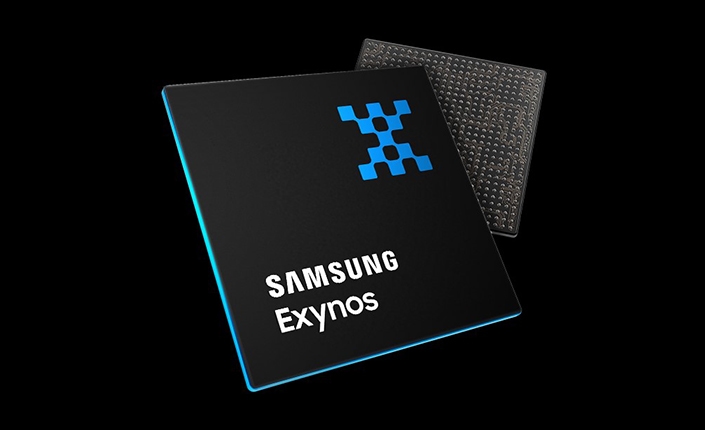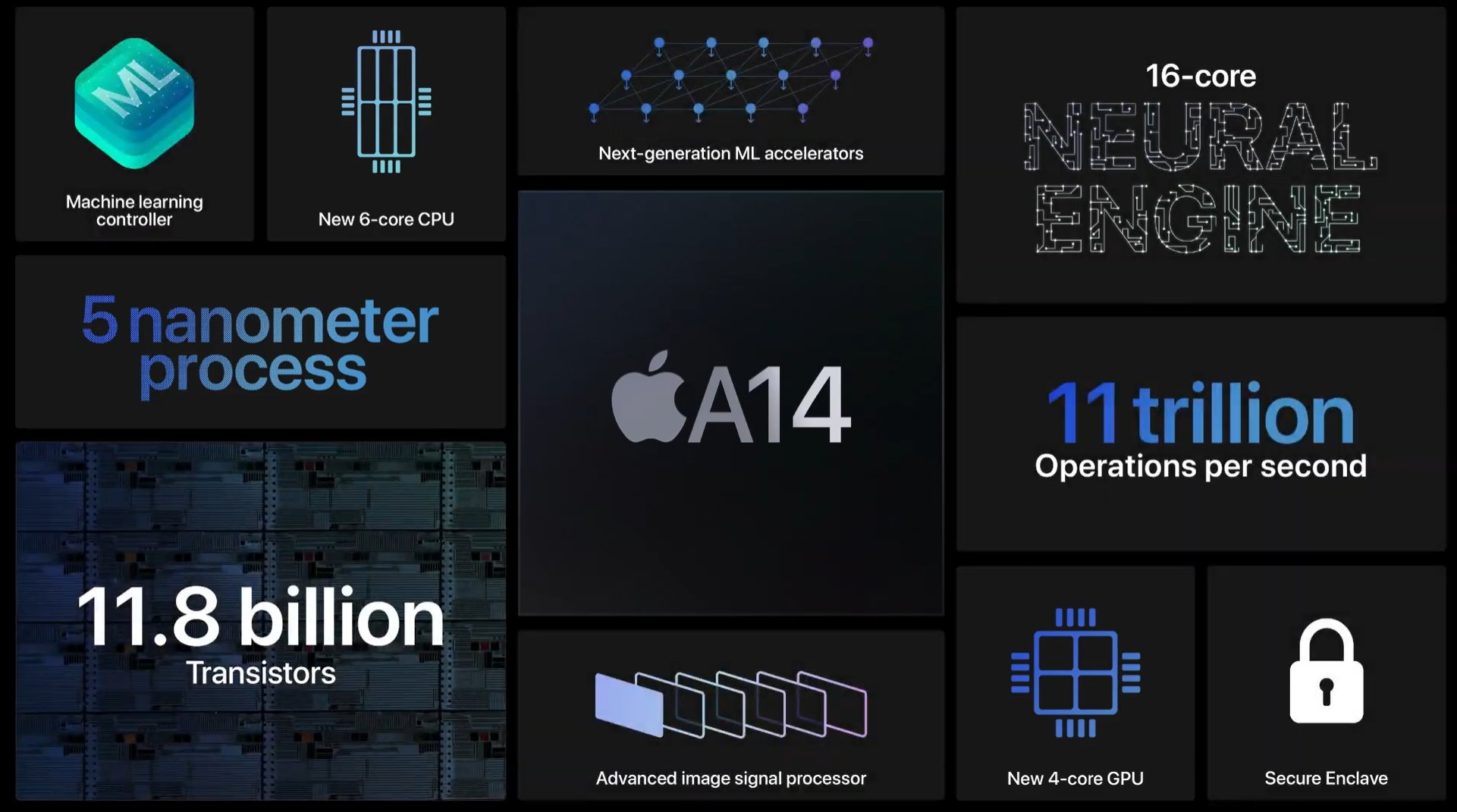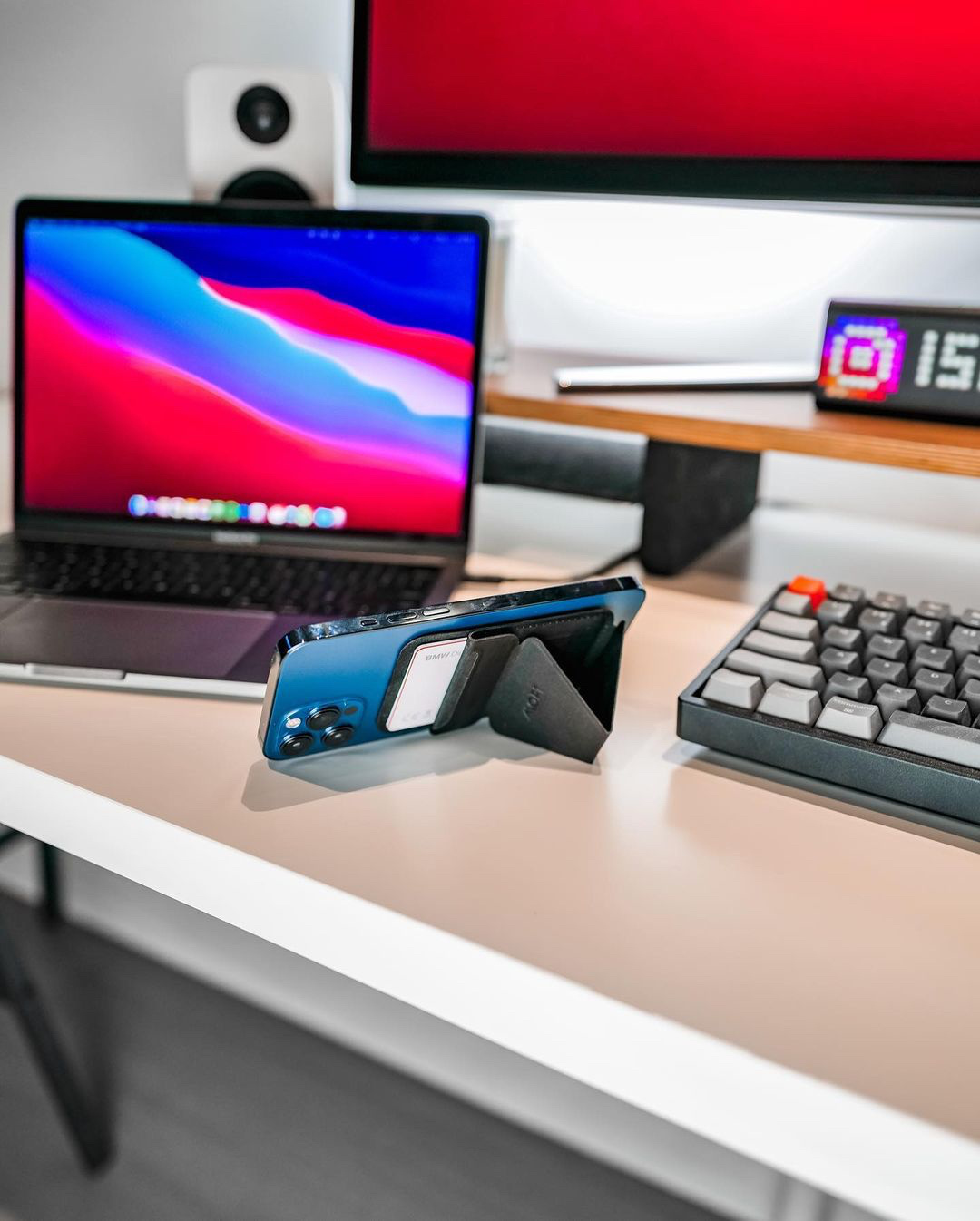Samsung will release the next-generation Exynos 2200 flagship chip later this year. The biggest highlight is the GPU equipped with AMD RDNA architecture. The graphics performance will be greatly improved.
This will be the first time that the AMD RDNA architecture has been applied to a smartphone SoC, and the entire industry is looking forward to it.
According to the Korean website, the GPU code-named “Voyager” of the Samsung Exynos 2200 processor will be integrated with a total of 384 stream processors in 6CU, with a frequency of up to 1.31GHz.
At the same time, the report also announced the graphics performance score of the Samsung Exynos 2200 processor.
Among them, it is shown that the GPU of this chip is in GFXBench, the average frame rate of 1080P Manhattan 3.1 is 170.7 fps, and the rival Apple A14 Bionic can only run around 120fps.
In addition, in the Aztec Ruins test project, Exynos 2200 scores were significantly higher than the A14 processor.
Of course, the GPU performance of the Exynos 2200 is still not on par with the Apple M1 chip, which has a 1080P Manhattan 3.1 running score of 270fps, which is more than twice that of the current smartphone SoC. After all, the M1 chip is a desktop chip.

In the field of smartphone processors, Apple A series processors usually have more powerful GPU performance.
And this time Samsung’s new-generation Exynos processor surpasses the A14 processor, which means that the “performance myth” of the A series processor will be broken by other mobile chips.
Of course, Apple’s upcoming iPhone 13 will be equipped with the latest A15 processor, and its performance should not be underestimated.
But if the graphics performance of the A15 processor is just a regular upgrade, Exynos 2200 may not have the chance to surpass the A15.
In addition, there is news that Exynos 2200 will also open up mobile phones, tablets and PCs, and can also exert strong strength on notebooks.

And the laptop version may increase the frequency again, or integrate more than one X1 super core to provide more powerful performance output.
Although the performance improvement of Exynos 2200 is surprising, it may be difficult for Chinese consumers to appreciate it.
By convention, products equipped with Exynos series chips are often only sold in a few markets such as Europe.
Another thing to be reminded is that the performance score does not represent the actual user experience. If such a score is at the expense of power consumption, it does not actually make much sense to consumers.





